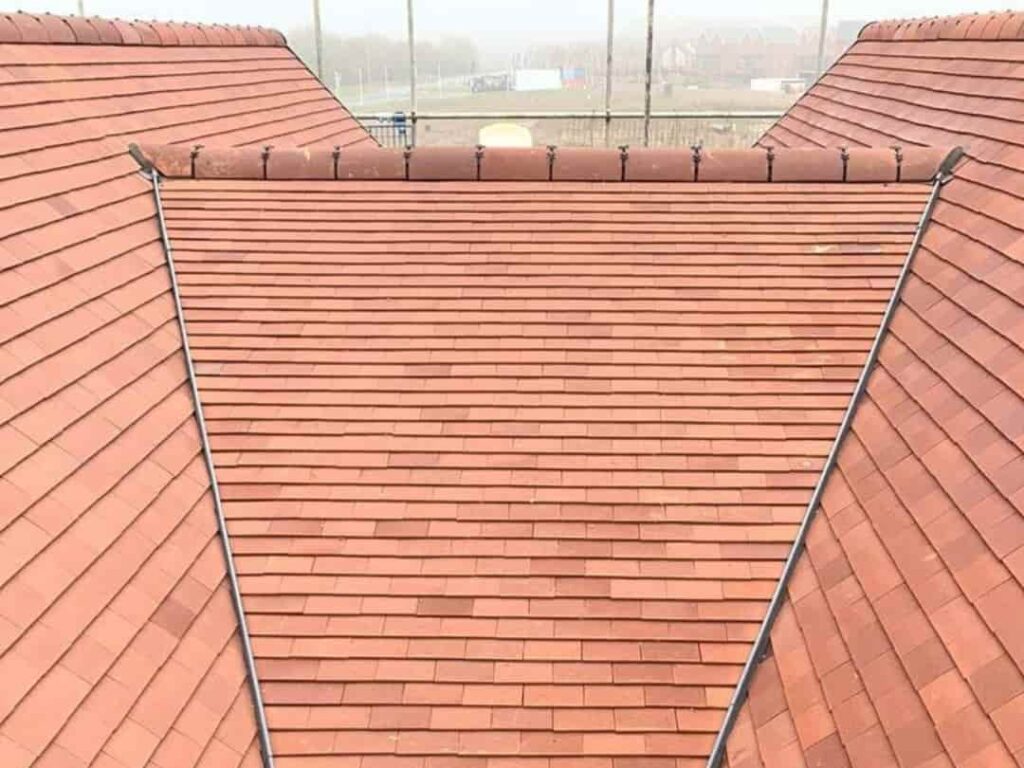
Introduction: The choice between a pitched roof and a flat roof is a significant decision that affects not only the aesthetics but also the functionality, maintenance, and overall value of your home. Each roofing style comes with its own set of advantages and considerations. In this insightful blog post, presented by Gillingham Roofing Services, we’ll compare pitched and flat roofs, helping you determine which option best suits your home’s needs and personal preferences.
Pitched Roof: Classic Charm and Efficiency
Advantages:
- Water Drainage: The steep slope of a pitched roof allows rainwater and debris to slide off easily, minimising the risk of leaks and water damage.
- Aesthetic Appeal: Pitched roofs offer a timeless and traditional appearance that complements various architectural styles.
- Attic Space: The sloped design creates attic space that can be used for storage, insulation, or even converted into additional living areas.
- Durability: Well-maintained pitched roofs can have a longer lifespan due to efficient water runoff and less direct exposure to the elements.
- Ventilation: The slope facilitates natural ventilation, preventing moisture buildup and promoting a healthier indoor environment.
Considerations:
- Initial Cost: Pitched roofs can be more complex, resulting in higher installation costs than flat roofs.
- Maintenance Challenges: The angle may make cleaning gutters and performing maintenance tasks on pitched roofs more challenging.
Flat Roof: Modern Versatility and Practicality
Advantages:
- Accessibility: Flat roofs are easier to access, making maintenance, repairs, and even rooftop gardens more convenient.
- Design Flexibility: Flat roofs offer more design versatility, allowing for installing solar panels, rooftop decks, or green roofs.
- Simplicity: The construction of flat roofs is often more straightforward, resulting in potentially lower installation costs.
- Space Utilisation: Flat roofs can be transformed into functional outdoor or recreational areas.
- Energy Efficiency: Flat roofs provide a platform for solar panels, contributing to energy generation and reducing utility bills.
Considerations:
- Drainage: Flat roofs require proper drainage systems to prevent water pooling and leaks, which can increase maintenance needs.
- Weather Resistance: Flat roofs are more prone to water accumulation and snow load, impacting their longevity and requiring regular maintenance.
- Insulation: Proper insulation is essential for regulating temperature and preventing heat loss, especially in colder climates.
Conclusion: Gillingham Roofing Services recognises that various factors, including aesthetics, functionality, budget, and maintenance preferences, influence the choice between a pitched roof and a flat roof. While pitched roofs offer classic charm and efficient water drainage, flat roofs provide modern versatility and space-utilisation options. When deciding between the two, consider the climate, architectural style, maintenance commitment, and long-term goals for your home. By carefully weighing the advantages and considerations of each option, you can make an informed decision that aligns with your home’s needs and personal preferences.
Call us on: 01634 561193
Click here to find out more about Gillingham Roofing Services
Click here to complete our contact form and see how we can help with your roofing needs.